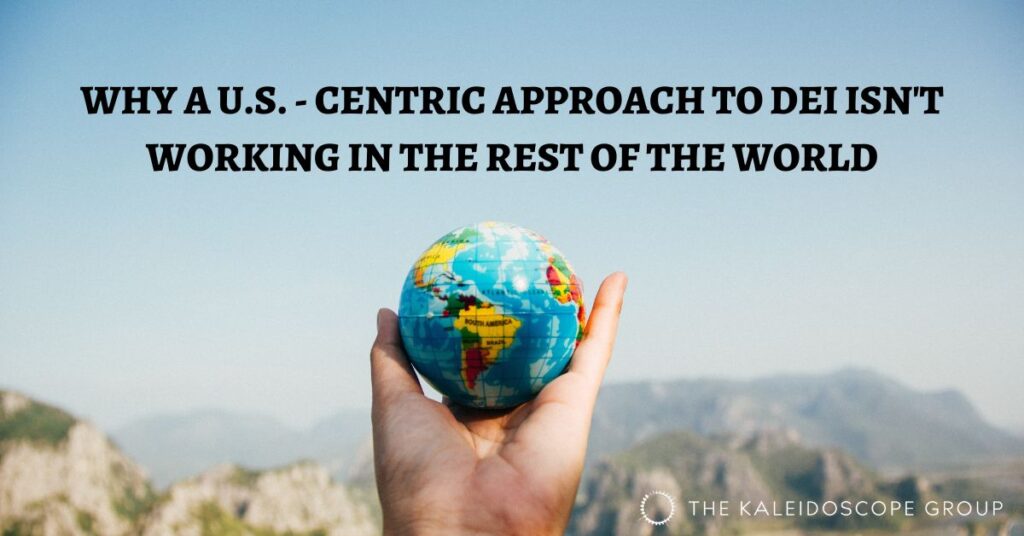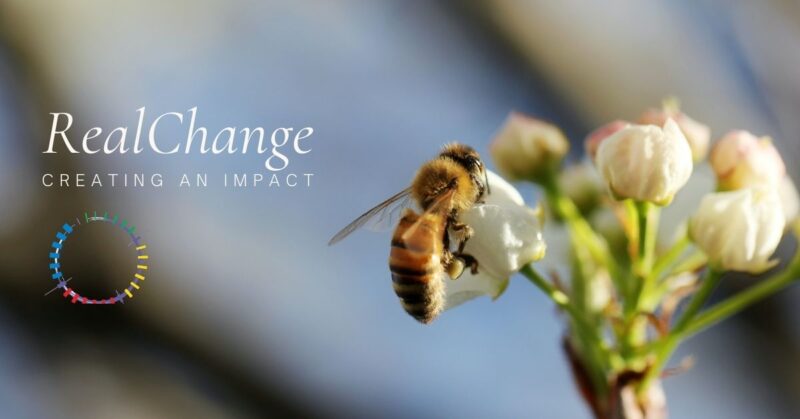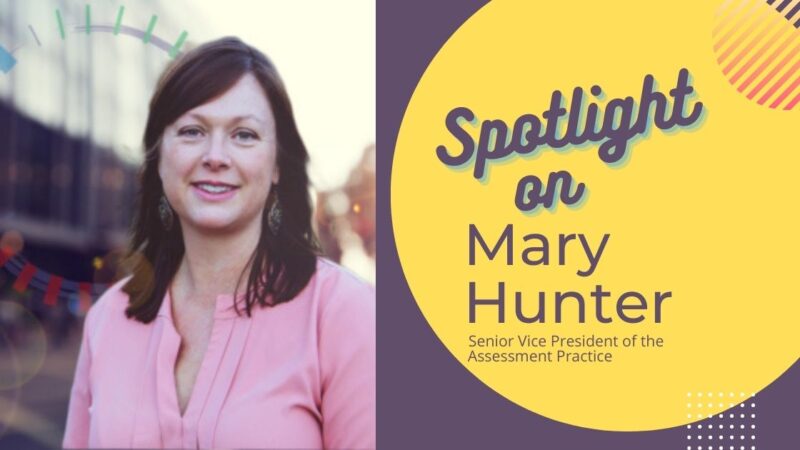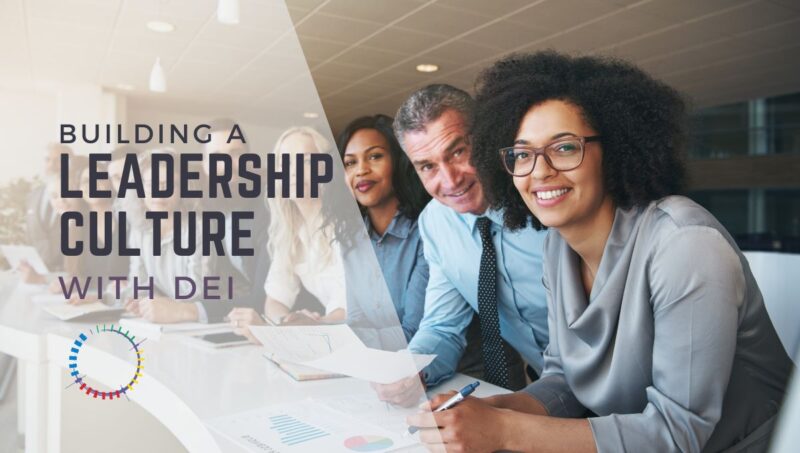Why a U.S.- Centric Approach To DEI Isn’t Working In The Rest Of The World
August 23, 2022

The U.S. doesn’t own the rights to Diversity, Equity, and Inclusion (DEI) – nor are they the only ones who stand to reap the benefits.
The stats are global. The research is universal. When done right, attention to diversity, equity, and inclusion adds value to a company’s profile and richness to its culture. It boosts innovation. Strengthens connection to the marketplace. Increases profitability. It produces stronger, better workplaces where marginalized people are given a voice and an opportunity that didn’t exist before. It challenges power dynamics that have historically and by design created impassable gaps and barriers. It promotes humanity in spaces and places where systems and structures have always dictated that some are MORE human than others.
It’s good.
It’s good for business.
It’s good for employees.
It’s good for humanity — wherever you live.
The global DEI dilemma, though, is that while much of the world is now recognizing that this is worth paying attention to, the vast majority of DEI resources are still dominated by the U.S. narrative. From one angle, it makes perfect sense. The U.S. has led the charge with a virtually endless archive of stories that highlight the impact of power, privilege, bias, and the hard work it takes to address them.
From the other angle, the target is missed entirely when the U.S. version is simply exported with the expectation of similar results.
Here are five reasons the U.S.-centric approach to DEI isn’t working in the rest of the world.
ONE: Lazy Translation
DEI concepts are deep. Leaning into the hard questions of how teams consisting of members with conflicting highest values can work respectfully toward a common goal is no simple conversation. In an ironic effort to confront inequities, however, we actually create them when we give some the benefit of understandable language and force others to translate complex principles in real-time.
It’s not about words.
The greatest fallacy of translation is that it is word for word. If it were that Google Translate would be the only tool we need. Translation is about concepts, ideas, stories, history, context, and so much more. We offer a disservice when we simply translate words and assume that the concepts (as WE understand them) have connected.
Take “equity” for example. In many languages, there is no direct translation of this word that is not linked to a financial concept. This can be a massive barrier for the HR rep who sits in the “Intro to DEI” session and is forced to translate in their head. In a best-case scenario, this becomes a conversation that throws off the timing of the session and forces the facilitator to cut other important content. Worst case, the HR rep says nothing, remains confused and then carries the weight of executing on information that they don’t fully comprehend.
There is SO much value packed into the IDEA of equity – but when the word becomes a barrier we must be willing to let it go.
TWO: Head vs. Heart Connection
Deep concepts are best communicated through examples that connect not only intellectually but emotionally as well. Pictures, graphics, statistics, and stories are powerful ways to draw the line between the head and the heart. Much of the U.S.-centric DEI resources have taken tremendous effort to heart connect but when that is exported the emotion is lost.
Let’s say it more bluntly just for the sake of clarity.
Your Martin Luther King Jr. slides don’t work in France.
They might make sense at a head level. “That’s a terrible thing, I’m sorry that happened . . . but that’s not our story.”
Racism means something different in a different narrative. So do sexism, ageism, ableism, homophobia, and every other dimension of diversity. Every country, every region, and every culture has its own backstory. If we want the concepts to connect then we MUST be willing to frame them through the pictures, graphics, statistics, stories, and language that already resonate in the hearts of the learners.
THREE: Legal Implications
DEI in the U.S. is often impossible to separate from the laws surrounding it. The stories are nearly always filtered through the political environment which culminates in the courtroom. Congress passed a bill. A judge in Georgia said. He was found “not guilty.” Concepts like equal and civil rights, discrimination, and legal compliance can be traced back over a very specific timeline of heated courtroom battles, public debate, and historical context.
Every country has its own timeline – and it has NOT led them to the same place.
Trace backward in Germany, for example, and you find that demographic data collection, which is considered the staple for measuring representation in the U.S., was once used to commit horrible atrocities and is typically considered unthinkable – and is now illegal.
60 countries still have laws criminalizing homosexuality – which is not to say this is not an important conversation in those countries – but the conversation cannot begin in the same place or be wrapped in the same assumptions.
Local legalities and the deep implications connected to them must be understood for DEI value to be realized. That can’t happen when U.S. laws are presented as a golden global standard or the platform for the conversation.
FOUR: Cultural Complexity
It’s almost cliche now. DEI is a journey. Every company has its own culture and is at a different place on that journey. Some have done it well and reaped the benefits. Some have done it poorly and felt the consequences. All who have tried have struggled. All who have begun the journey (and not given up) are still on it.
No one has arrived.
That same idea applies to global cultures. The U.S. has had the benefit of hard historical conversations partnered with a cultural dynamic that supports them. There is a high (possibly hyper) value for disagreement and everything that comes with it. Through the good, the bad, and the ugliest of interactions, the issues have been dragged out of the dark and discussed. That’s all a part of the journey.
The level at which the hard issues have been wrestled with is NOT universal. Cultural dynamics are absolutely critical in the DEI space. How a culture values power, for example, is foundational to how they will process equity. Diverse representation will be experienced differently in a caste-based culture. Gender roles and expectations in many places are sometimes steeped in millennia of tradition and are not in the same place on the journey.
Transplanting content and expectations without leaving space for the preliminary conversations with respect and deference to the cultural dynamics that surround them is not only unfair but is also doomed to fall short.
Culture matters – to miss that point is tantamount to an ethnocentric colonization which is the exact opposite of everything DEI efforts stand for.
FIVE: Reputational Baggage
Can we talk about that elephant on the plane? He’s loud, takes up a lot of space, and is on his way to deliver a three-part workshop about grassland inclusion to a team of Penguins at a zoo in Dublin.
Let’s be honest for a moment. DEI travels with the baggage of being “An American Thing” – and Americans travel with the weight of their global reputation. Often viewed as loud, space-consuming, and out of touch with anyone and anything outside of their own experience, they may face awkward, unspoken barriers before the work ever begins.
The U.S. contribution to global DEI has the potential to be substantial. Valuable lessons have been learned, hard work has been done, and incredible resources have been built.
However, those contributions are destined to fall flat if the context of law, language, culture, and the hearts of people are never considered.
Reputations can be changed but they must be addressed first. Let’s talk about the elephant.
Diversity, equity, and inclusion are marked by two very present characteristics.
It’s hard work.
And it’s worth it.
As the value is recognized throughout the world, the next layer of hard work for the U.S. could be listening to the world and finding a path of appropriate and relevant support. Even better it could listen and LEARN from the rich and beautiful narratives in every corner of every country and every culture.
Kaleidoscope Group specializes in getting to the heart of DEI impact in any culture, any language, and any context. We are multicultural, multilingual DEI experts from all over the world who know the value of listening first to achieve real transformation.
Wherever you are.
Written By: Jerry Jones, Global Director of Design and Development with Kaleidoscope Group.


